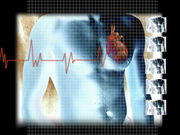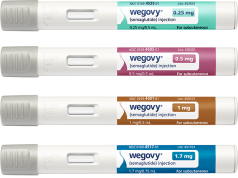Findings for energy expenditures estimated from ambulatory ECG monitoring
MONDAY, Feb. 6, 2017 (HealthDay News) — Lower intensity of peak daily energy expenditure estimated from ambulatory electrocardiographic (ECG) monitoring is associated with increased health care utilization, according to a study published in the Feb. 15 issue of The American Journal of Cardiology.
Jason George, M.D., from Beaumont Health in Royal Oak, Mich., and colleagues estimated average and peak daily energy expenditure in metabolic equivalents (METs) in 843 patients who underwent 24-hour ambulatory ECG monitoring.
The researchers found that the estimated daily average and peak METs were 1.7 ± 0.7 and 5.5 ± 2.1, respectively, in this cohort. Significantly fewer hospital encounters were seen for patients who achieved daily bouts of peak energy expenditure of ≥5 METs, and their median health care costs were nearly 50 percent lower than their counterparts who attained <5 METs. Significant differences were seen in health care costs for patients with body mass index (BMI) ≥30 kg/m² based on whether they achieved <5 or ≥5 METs. Regardless of BMI, there were no significant differences in health care costs for patients who achieved ≥5 METs. Among patients with previous percutaneous coronary intervention, health care costs were lower and there were fewer hospital encounters for those who achieved ≥5 METs versus <5 METs.
“Average and peak daily energy expenditures estimated from ambulatory ECG monitoring may provide useful information regarding health care utilization,” the authors write.
Full Text (subscription or payment may be required)
Copyright © 2017 HealthDay. All rights reserved.








